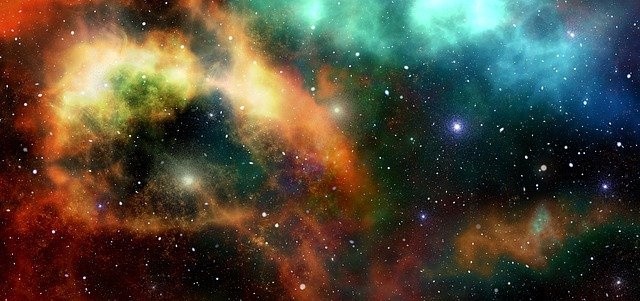
The study suggests that heavier stars are most likely in remote galaxy clusters, although their numbers are not precisely known, making it a complicated estimate. A completed census of a speculated number of 140,000 galactic bodies is the most probable place to see these star types.
Massive Stars in the Universe
Even if astronomers do not have a comprehensive survey of the Milky Way's hundreds of billions of stars, those who have analyzed enough of them have a good idea of the numbers, reported Science Alert.
A rough estimate of how many small dwarf stars are at present, the number of medium Sun-like stars, and an idea of how many giant stars are in the cosmos.
However, trying to replicate this exercise for other galaxies is incredibly challenging. These galactic bodies are very far from identifying and quantifying each star. Only the brighter, heavier is seen to speculate about the communities of low-mass stars.
Typically, astronomers presume that the demography of a distant galaxy nearly matches what we see in Milky Way since galaxies may not be that dissimilar on average.
A group of astronomers utilized the COSMOS catalog to examine about 140,000 individual galaxies, and come up with a method to estimate the stars in each of the galactic bodies, cited NBI.
They conducted the study at the Cosmic Dawn Center (DAWN), an international basic astronomy research center that gets funds from the Danish National Research Foundation.
Several institutions include Copenhagen University and the Technical University of Denmark, working with the Niels Bohr Institute and DTU Space.
Remote Galaxy Clusters
As part of the study, Associate Professor Charles Steinhardt mentioned these statements about the paper, per the Astro Physical Journal.
Read Also : Strange Helium-Burning Stars Upend What Astronomers Know About Stellar Evolution of These Cosmic Bodies
He added it is only the iceberg's tip, and it has been expected for a long time that the Milky Way galaxy is not common in the vast universe and is not a good example for all galaxies out there with heavier stars.
Under any circumstance, it has been proven that another galactic body will form different kinds of stellar objects. This research has enabled us to do just that, potentially leading to a better understanding of galaxy formation and evolution.
While analyzing the data, the researchers concluded the remote galactic bodies would have really heavy stars that were once seen in the Milky Way. But on the other hand, nearer galaxies are similar to where our solar system is found.
According to the first study, author Albert Sneppen, a grad student at the Niels Bohr Institute, remarked the mass of suns gives an idea of their nature.
Changing mass will alter the numbers of supernovae and even black holes due to the collapse of massive stars. This means what is known about a galaxy of stars needs to be reviewed due to the fact distant galaxies are more diverse.
Galactic Evolution
What is learned from the study published in Universe Today shows many interesting developments.
Astronomers must consider that stars in a nearer galaxy will be more similar, but the greater distances feature different suns.
These might be younger ones in the universe existing now, also how galactic evolution is revised over a massive expanse of billions of years.
More knowledge about heavier stars that occur in mostly remote galaxy clusters is different from those closest to the Milky Way galaxy and how stars and galaxies evolve.
Related Article : Supermassive Black Holes in Middle of Galaxies Affect the Formation of New Stars in the Cosmos
© 2025 HNGN, All rights reserved. Do not reproduce without permission.








